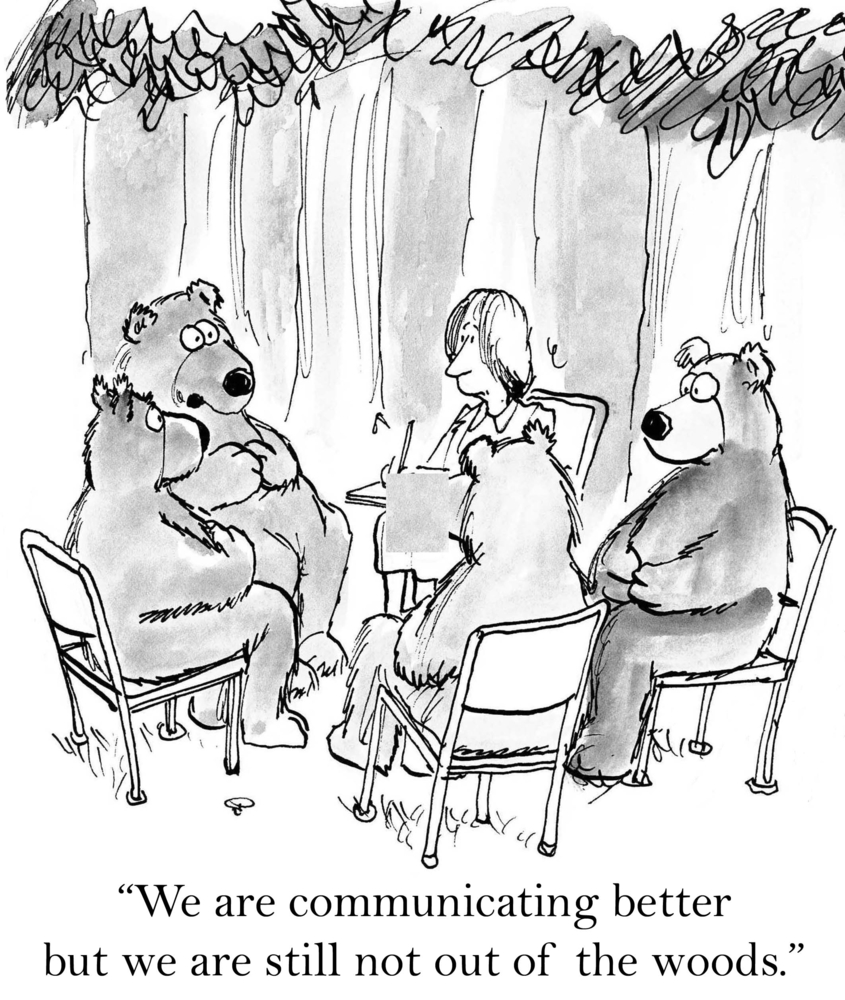
New Managers Can Communicate Better With Their Team and Get Better Results
New managers have a special responsibility to communicate better to get better results. That means communicating clearly, openly, fairly, and consistently. According to new manager training experts, effective communication is the key to working smoothly with others.
But we know from our people manager assessment data that many managers are still stuck “in the woods” as far as their communication skills are concerned. They struggle with the confidence and competence to consistently:
New Manager Communication Challenges
The good news is new managers can communicate better with their team. One of the problems however, especially for remote team managers who rely a great deal on email or voicemail to connect with their team members, is the speed with which messages are composed and sent.
How often have you wished you could retract an email or erase a voice mail that contained a poorly interpreted spell check mistake or, worse, words that convey misplaced anger or frustration? We’ve all had that sinking feeling of “Oops…that’s not what I meant to say!”
5 Ways New Managers Can Communicate Better With Their Team
Here are some communication tips on how supervisors and new managers can communicate better with their team by not sending embarrassing or relationship-destroying messages:
Make sure your objective is clear from the start and that you stay on subject.
If you have negative feedback to give, better to communicate in person or on the phone. That way you can have a better sense of how the recipient is reacting and be more certain that your message is being received appropriately.
Trim both written and verbal communications back — fewer words will carry your point home more forcefully than lots of words with unnecessary adjectives or phrases. And then be sure that the tone is professional. Communications should not be delivered in anger or in haste.
The Bottom Line
With a little more thoughtful planning of what you want to say and how you say it, you can avoid communications that confuse your team members or cause unnecessary damage to the all-important relationships you are trying to build with them.
If you want to learn more about better communication techniques, download Effective Communication Skills – The Essential Ingredient in Any Interaction
Explore real world results for clients like you striving to create higher performance